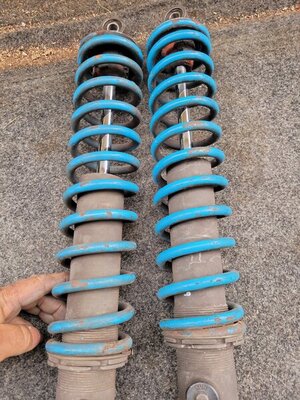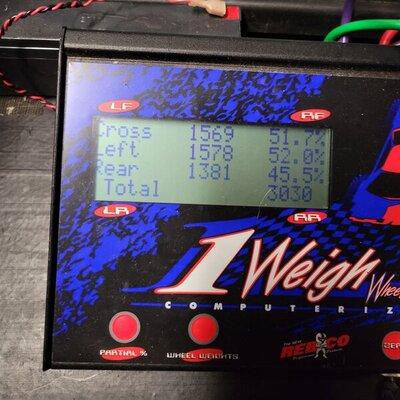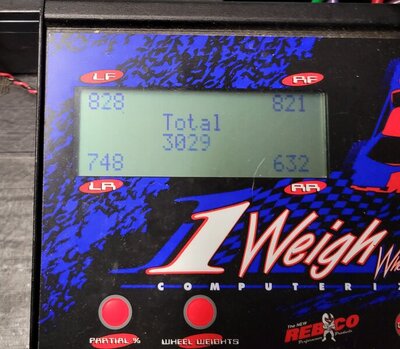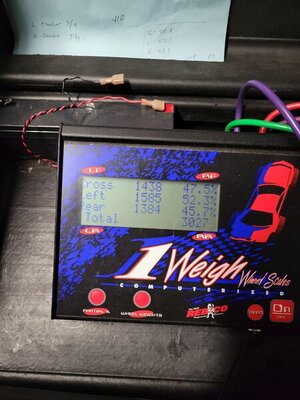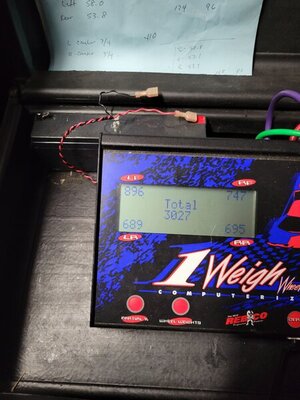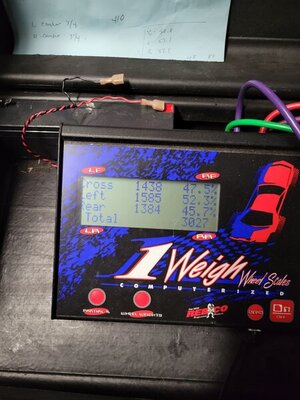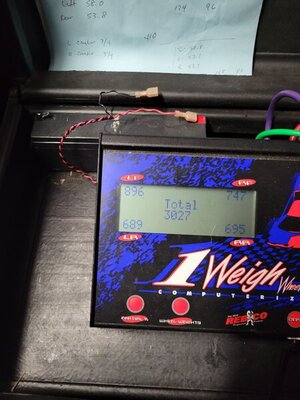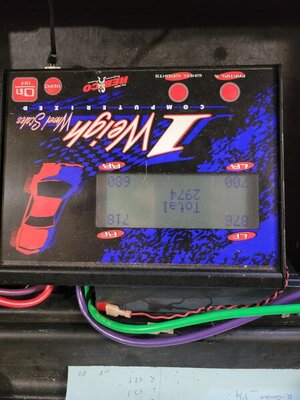bobtile
Well-Known Member
I'm having 60ft. Issues and most is probably the converter, but I needed to replace the 30+ year old Konis and springs.
The springs were 140 lbs. I installed viking crusader shocks and 110 lb. Springs. I corner scaled the car. With the old setup, I was 220lbs. lighter on the passenger rear.
I got that down to 116 lbs lighter by adjusting the springs.
How far do I go?
Just looking for a starting point. I know torque plays into it too.
I'm going try to find a video of launch.
It's not great, but it's something.
Not sure if you'll see the link I posted.
